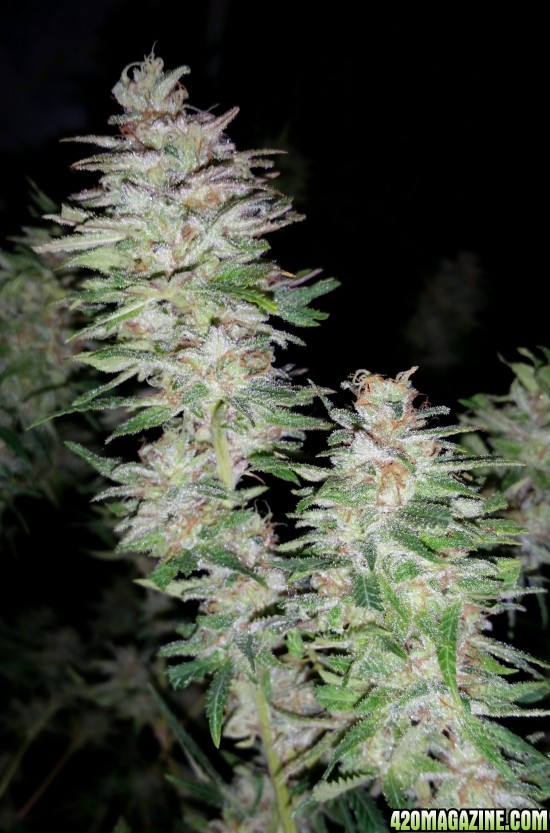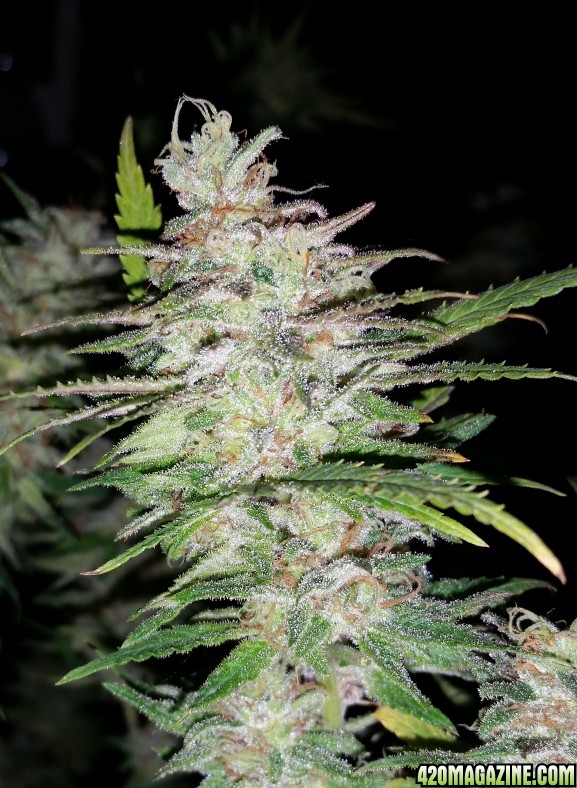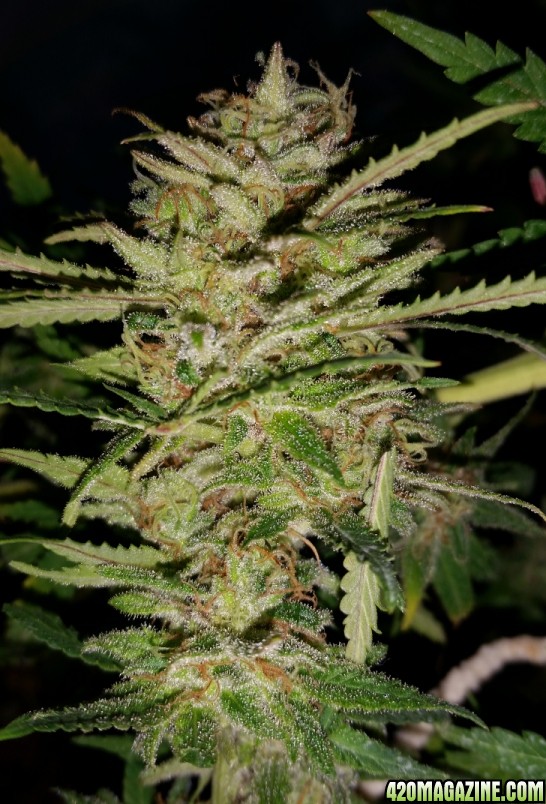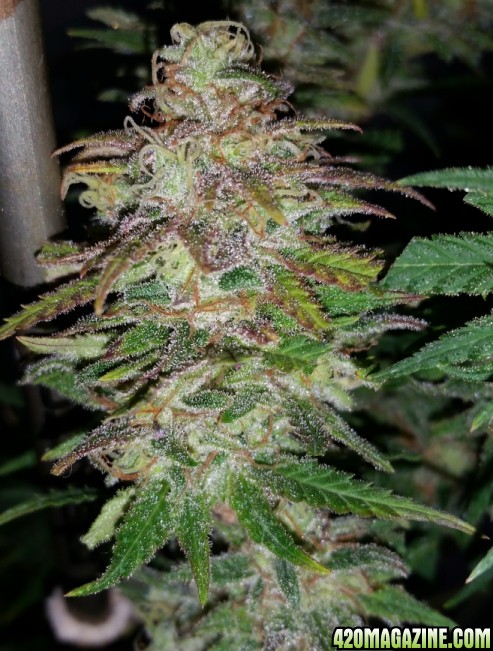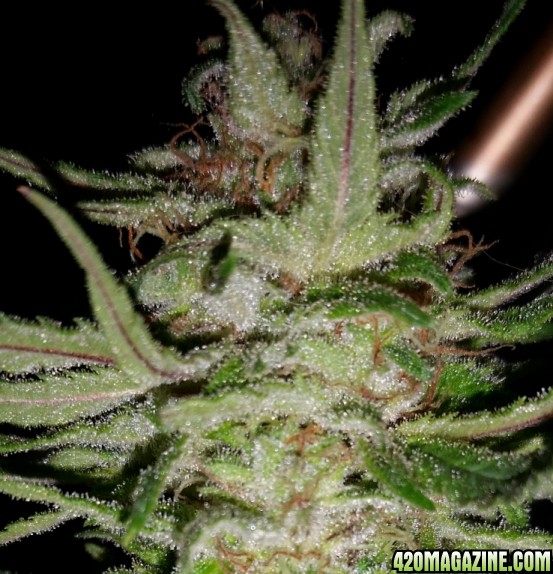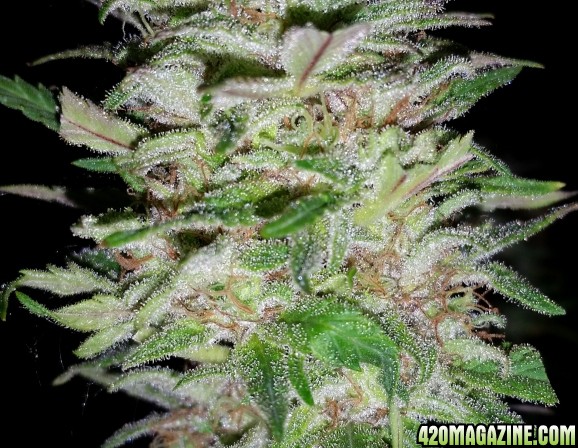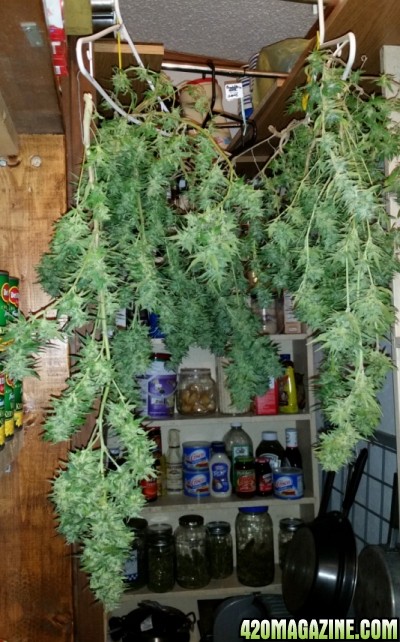How the stomata works and how it can help us.
Discussion in 'Basic Growing' started by daihashi, Mar 10, 2008.
The stomata are pores on the underside of leaves. These pores are made be cells called Guard Cells or "parenchyma cells" which are used to regulate the size of the opening of the stomata.
The stomata is used to collect carbon and dioxide and other beneficial nutrients and gases that aid the plant in growth. The stomata is also used in transpiration of water from the plant into the atmosphere.
In order for plants to take up CO2 for photosynthesis, they must expose the moist surfaces of their leaf mesophyll cells to the air. In doing so, water is lost by evaporation. The evaporation of water from leaves is called transpiration. Under some circumstances, transpiration of water from leaves may act to cool them and prevent damage from high ambient temperature. In general, however, transpiration is neutral or bad for plants. It is an unavoidable loss of water as the plant photosynthesizes.
To minimize transpiration, movement of gases into or out of a leaf is controlled by the stomata. The stomata are small pores in the leaf epidermis that can be opened or closed. Stomatal opening is highly regulated by multiple mechanisms so as to minimize transpiration. Transpiration is minimized even under conditions of high ambient temperature. (Stomata close at high temperature. They do not open in order to cool the leaf).
Stomata are composed of two guard cells. These cells have walls that are thicker on the inner side than on the outer side. This unequal thickening of the paired guard cells causes the stomata to open when they take up water and close when they lose water. The opening and closing of stomata is governed by increases or decreases of solutes in the guard cells, which cause them to take up or lose water, respectively.
In general, stomata open by day and close at night. During the day, photosynthesis requires that the leaf mesophyll be exposed to the air to get CO2. At night, the stomata close to avoid losing water when photosynthesis is not occurring.
During the day, stomata close if the leaves experience a lack of water, such as during a drought.
The opening or closing of stomata occur in response to signals from the external environment.
Light = Stomata open
Dark = Stomata close
High CO2 inside leaf = stomata close
Low CO2 inside leaf = stomata open
Drought stress = stomata close
Closure of stomata by drought is caused by abscisic acid, a plant hormone that is synthesized in response to drought. Abscisic acid overrides other signals and closes stomata when saving water is more important than photosynthesis.
Light causes stomates to open. The minimum light level for opening of stomates in most plants is 1/1000 to 1/30 of full sunlight, just enough to cause some net photosynthesis. Blue light (430-460nm) is nearly 10 times as effective as red light (630-680nm). The wavelengths that are effective in the red part of the spectrum are the same as those that are effective in photosynthesis ie is absorbed by chlorophyll. However, the blue light effect is quite independent of photosynthesis. Photosynthesis will change intercellular CO2 concentrations and may have its effect through number.
Potassium also plays a large role in the Guard Cells function in opening the stomata.
Blue-light wavelengths of daylight, detected by zeaxanthin (a carotenoid) activate proton pumps in the guard cell membranes, which proceed to extrude protons from the cytoplasm of the cell; this creates a "proton motive force" (an electrochemical gradient across the membrane) which opens voltage operated channels in the membrane, allowing positive K ions to flow passively into the cell, from the surrounding tissues. Chloride ions also enter the cell, with their movement coupled to the re-entry of some of the extruded protons (Cl/H symport) to act as a counter-ions to the potassium. Water passively follows these ions into the guard cells, and as their tugidity increases so the stomatal pore opens, in the morning. As the day progresses the osmotic role of potassium is supplanted by that of sucrose, which can be generated by several means, including starch hydrolysis and photosynthesis. At the end of the day (by which time the potassium accumulation has dissipated) it seems it is the fall in he concentration of sucrose that initiates the loss of water and reduced turgor pressure, which causes closure of the stomatal pore.
ABA also seems to trigger a loss of K ions from guard cells. Some workers suggest that in some species, ABA alters turgor pressure without changing solute potential or water potential.
Potassium is the "plant-preferred" ion for maintaining the water content and hence the turgor (rigidity) of each cell, a biophysical role. A large concentration of potassium in the cell sap (i.e. the liquid inside the cell) creates conditions that cause water to move into the cell (osmosis) through the porous cell wall (Box1).
Turgid cells maintain the leaf’s vigour so that photosynthesis proceeds efficiently.
The plant controls the opening /closing of the stomata by regulating the concentration of potassium in the guard cells. A large concentration of potassium ensures turgid cells and open stomata. When the potassium in the guard cells is lowered, they become limp and the stomata close.
................................................
These are excerpts from several articles I read. Or parts of articles that have been put into my own writing.
Another research article stated the following:
changes in stomatal aperture caused by decreasing or increasing humidity were followed only after a delay by changes in the potassium content of the guard cells. By comparison, if stomatal movements occurred in response to changes in illumination the relative potassium content of the guard cells correlated continuously with the changes in stomatal aperture. Since the potassium content of the guard cells changed only after most of the stomatal movements in response to changes in humidity were completed changes in potassium content and humidity responses of stomata can be described as following a hysteresis curve.
With that said I am curious if we can manipulate stomata opening and closing by spraying a very fine mist (almost atomized) of PH'd water with a very small amount of potassium.
This would increase humidity, add rigidty (through potassium uptake)to the Guard cells which would in turn keep the stomata open longer. This would of course also increase the transpiration rate but as long as you stay on top of watering I think everything should be fine.
It was also interesting to read that the stomata opens much better under blue wavelength light than it does under red.
I know there are products such as liquid light that do something similar but I was curious as to how/why it worked and if there is something similar we can do on our own much cheaper.
I decided to start researching the stomata.











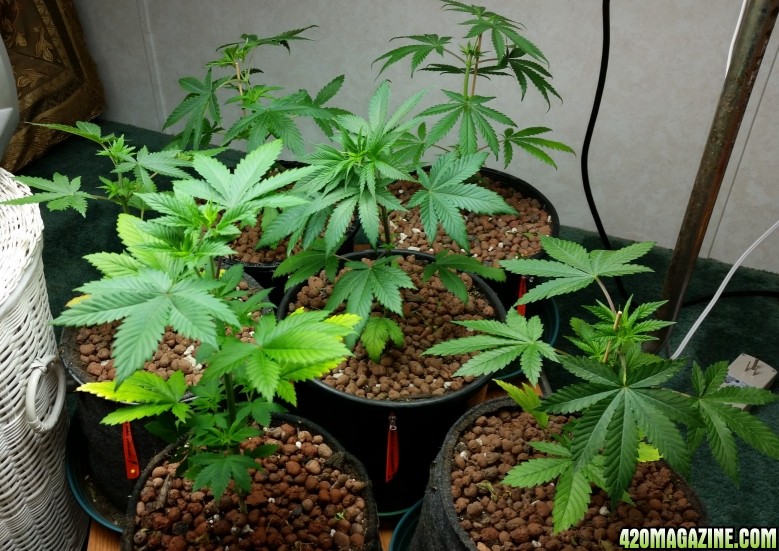
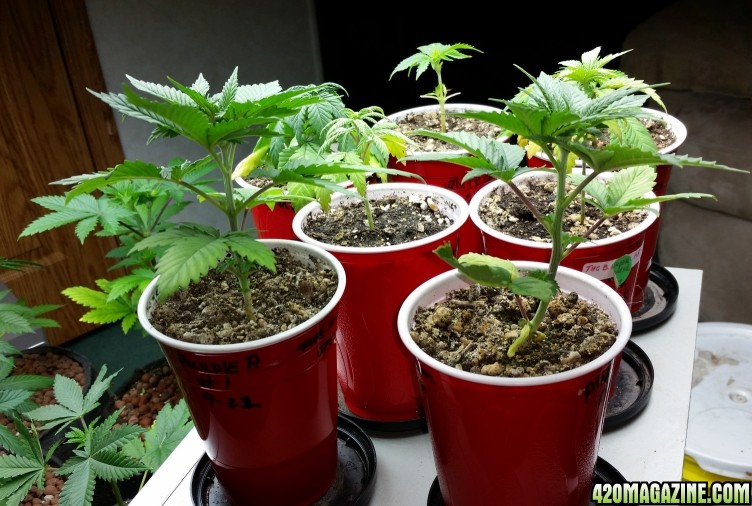
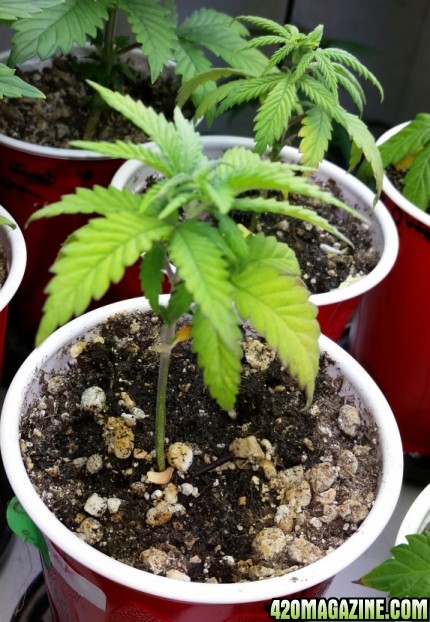




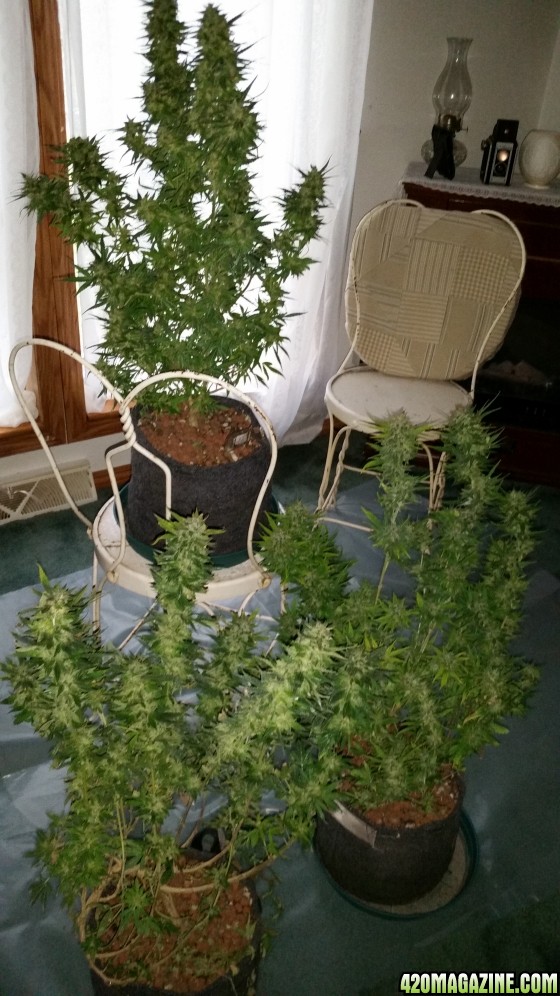


 Nice med supply there
Nice med supply there 